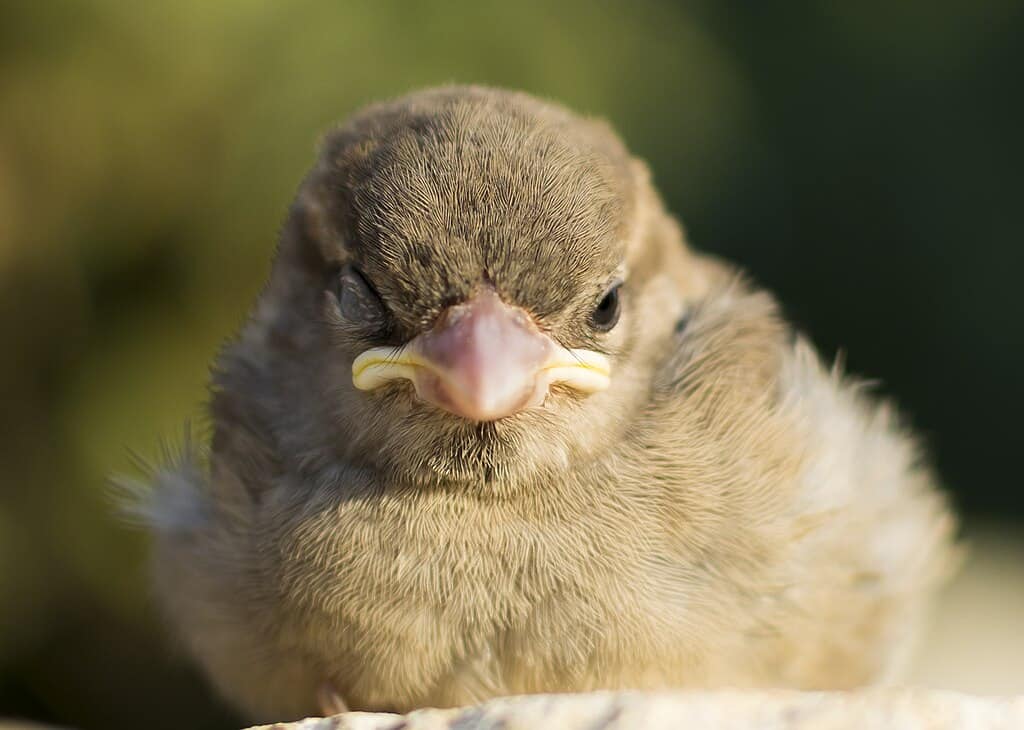Picture this: you’re drifting off to sleep, but instead of closing both eyes, you keep one wide open, scanning for danger while the other half of your brain rests. Sounds like something out of a science fiction movie, right? Well, for dolphins and many other fascinating creatures, this isn’t fiction—it’s their incredible reality. Welcome to the extraordinary world of unihemispheric slow-wave sleep, where animals have mastered the art of sleeping with one eye literally open.
The Science Behind One-Eye-Open Sleep
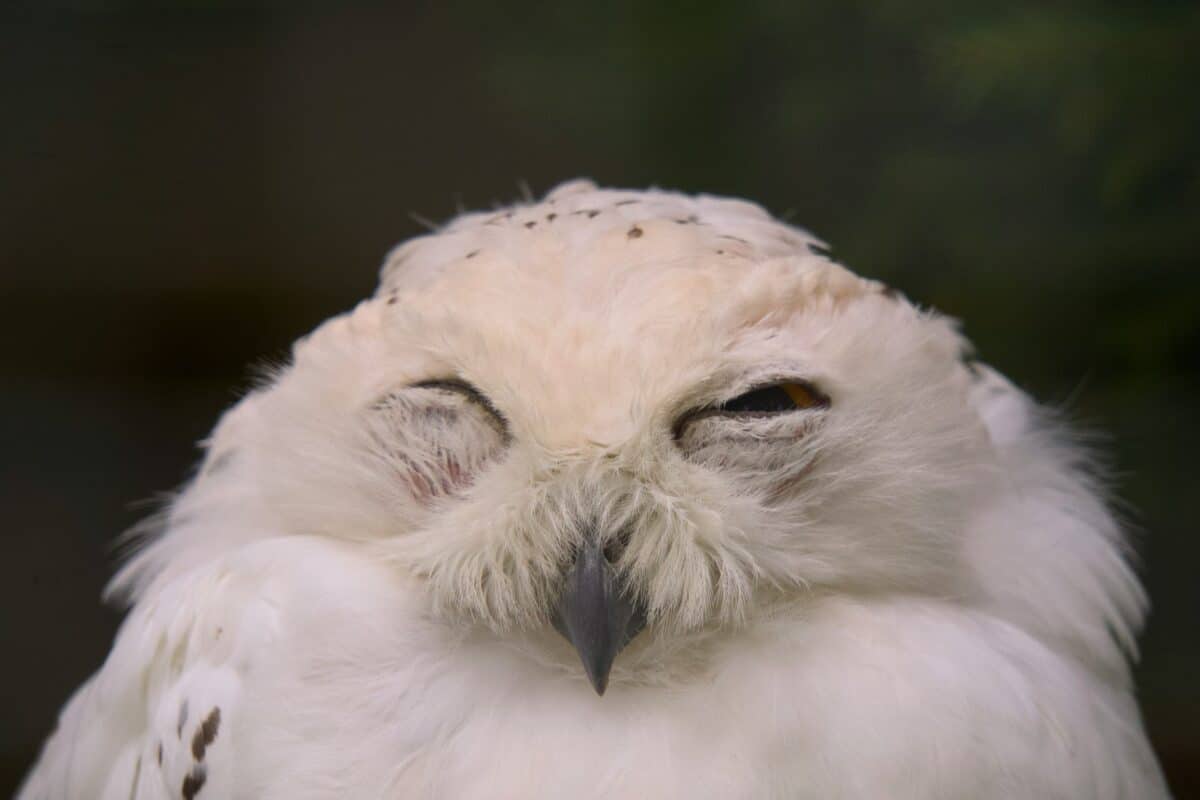
Unihemispheric slow-wave sleep represents one of nature’s most remarkable adaptations, allowing animals to rest while maintaining vigilance. During this unique sleep state, one hemisphere of the brain enters deep sleep while the other remains alert and functional. The sleeping hemisphere shows characteristic slow brain waves, while the wakeful side maintains normal activity patterns.
This extraordinary phenomenon occurs because the brain’s hemispheres can function independently, with each controlling different aspects of behavior and consciousness. The eye connected to the sleeping hemisphere closes, while the eye linked to the alert hemisphere stays open, creating the literal “sleeping with one eye open” effect. Scientists have documented this sleep pattern using electroencephalography (EEG) recordings, revealing the distinct electrical patterns in each brain hemisphere.
Dolphins: The Masters of Half-Brain Sleep

Dolphins are perhaps the most famous practitioners of unihemispheric sleep, and for good reason—they’ve perfected this technique out of absolute necessity. As marine mammals, dolphins must surface regularly to breathe, making traditional sleep patterns potentially fatal. Their half-brain sleep allows them to maintain the breathing reflex while getting essential rest.
During sleep, dolphins typically float near the surface or swim slowly in circles, with one eye closed and the corresponding brain hemisphere resting. They can maintain this state for several hours, switching which hemisphere sleeps every two to three hours. This remarkable adaptation enables them to get up to eight hours of total sleep per day while never losing consciousness completely.
Whales and the Ocean’s Sleeping Giants

Like their smaller dolphin cousins, whales have also evolved unihemispheric sleep patterns to survive in the ocean’s demanding environment. Sperm whales, for instance, have been observed sleeping vertically in the water column, with one eye open and maintaining minimal movement. These gentle giants can remain in this position for up to 90 minutes at a time.
Different whale species exhibit varying sleep behaviors, but all share the common trait of maintaining partial consciousness during rest. Humpback whales often sleep while slowly swimming near the surface, while gray whales may rest in shallow waters with one eye monitoring their surroundings. This sleep pattern proves crucial for their survival, especially during long migrations when constant vigilance is essential.
Seals: Adapting to Two Worlds
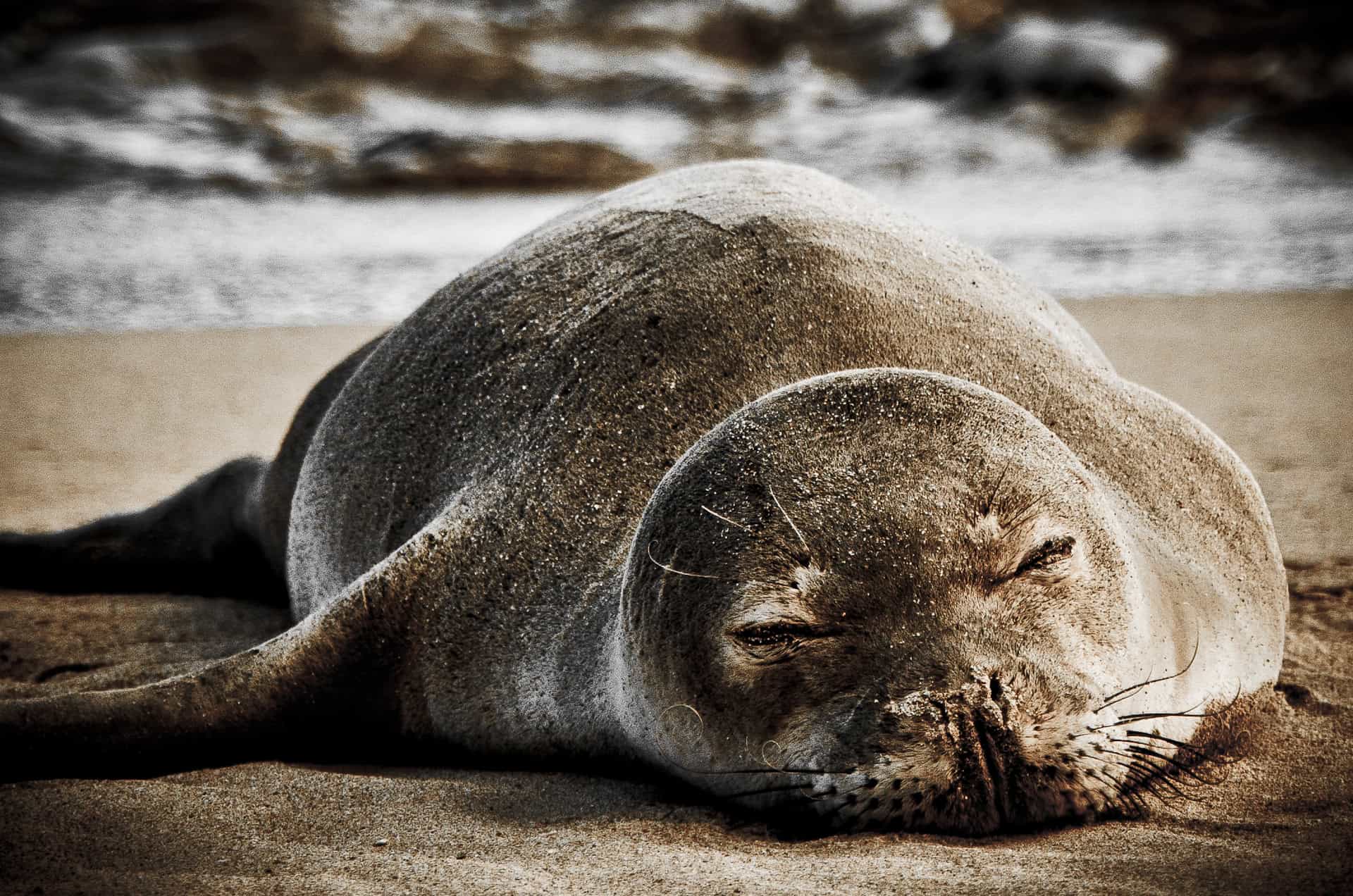
Seals present a fascinating case study in sleep adaptation, as they must rest both on land and in water. When sleeping on land, seals can afford to enter bilateral sleep, with both brain hemispheres resting simultaneously. However, when sleeping in water, they switch to unihemispheric sleep to maintain buoyancy and awareness of potential threats.
Northern fur seals demonstrate this flexibility most dramatically, spending months at sea during migration. While floating in the ocean, they enter unihemispheric sleep, often forming “rafts” with other seals for mutual protection. This dual-mode sleeping ability showcases the remarkable adaptability of marine mammal sleep patterns.
Birds: Aerial Surveillance While Resting
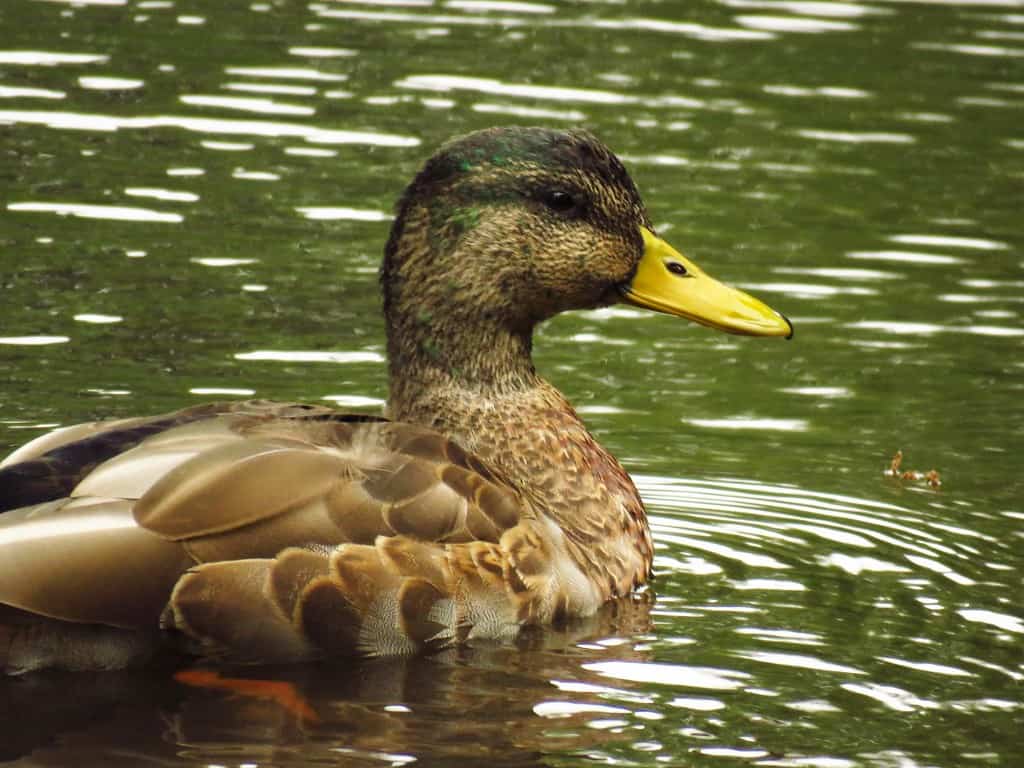
Many bird species, particularly waterfowl, have evolved unihemispheric sleep as a survival mechanism against predators. Ducks, geese, and other waterfowl often sleep in groups, with individuals on the perimeter keeping one eye open to watch for threats. This communal sleeping strategy maximizes safety while ensuring everyone gets adequate rest.
The phenomenon becomes even more remarkable during migration, when some birds can sleep while flying. Frigatebirds, for example, can engage in unihemispheric sleep during long oceanic flights, allowing them to rest without losing altitude or direction. This adaptation enables them to fly for days without landing, covering vast distances across the ocean.
The Evolutionary Advantage of Partial Sleep

Unihemispheric sleep evolved as a response to environmental pressures that made complete unconsciousness dangerous or impossible. Animals living in aquatic environments, open grasslands, or other exposed habitats faced constant threats from predators or environmental hazards. Those who could rest while remaining partially alert had a significant survival advantage.
This sleep pattern represents a fascinating evolutionary compromise between the need for rest and the demand for vigilance. While bilateral sleep provides more restorative benefits, unihemispheric sleep allows animals to function in environments where complete unconsciousness would be fatal. The genetic mutations that enabled this adaptation were strongly favored by natural selection.
Brain Hemisphere Switching Mechanisms

The ability to switch which brain hemisphere sleeps involves complex neurological mechanisms that scientists are still studying. Research indicates that specific brain regions control the timing and coordination of hemisphere switching, ensuring that each side gets adequate rest over time. This internal clock-like system prevents one hemisphere from becoming overtaxed while the other remains constantly alert.
The switching process typically occurs every 30 minutes to several hours, depending on the species and environmental conditions. During the transition, both hemispheres may briefly show intermediate activity levels before one fully enters sleep mode. This seamless switching demonstrates the remarkable plasticity and adaptability of the nervous system in these animals.
Sleep Duration and Quality in One-Eye-Open Sleepers

Animals that practice unihemispheric sleep face unique challenges in terms of sleep duration and quality. While they can maintain this pattern for extended periods, the restorative benefits may be somewhat reduced compared to bilateral sleep. However, these animals have evolved compensatory mechanisms to ensure they receive adequate rest.
Dolphins, for instance, can sleep for up to eight hours per day using unihemispheric patterns, but they also engage in periods of deeper rest when conditions permit. Some species supplement their unihemispheric sleep with brief periods of bilateral sleep in safe environments, maximizing the restorative benefits while maintaining necessary vigilance.
Environmental Factors Influencing Sleep Patterns

The intensity and duration of unihemispheric sleep can vary significantly based on environmental conditions. In high-risk environments with numerous predators, animals may maintain lighter sleep stages and switch hemispheres more frequently. Conversely, in safer conditions, they may allow for deeper sleep phases and longer periods between switches.
Seasonal changes also affect sleep patterns, with migration periods often requiring more intensive unihemispheric sleep. During breeding seasons, protective behaviors may increase the reliance on one-eye-open sleep, while abundant food resources might allow for more relaxed sleep patterns. These flexible adaptations demonstrate the dynamic nature of sleep behavior in these remarkable animals.
Predator Detection During Sleep

The open eye during unihemispheric sleep remains remarkably effective at detecting potential threats. Studies have shown that sleeping dolphins can respond to approaching objects, changes in water conditions, and even subtle variations in their environment. This maintained vigilance provides crucial protection against predators and environmental hazards.
The alert hemisphere processes visual information, monitors for danger signals, and can instantly trigger escape responses if necessary. This rapid response capability means that even while sleeping, these animals maintain reaction times nearly as fast as when fully awake. The evolutionary refinement of this system has made it incredibly effective for survival in dangerous environments.
Social Sleeping Behaviors

Many animals that practice unihemispheric sleep exhibit fascinating social sleeping behaviors that enhance group safety. Dolphins often sleep in pods, with different individuals taking turns maintaining higher levels of vigilance. This coordinated approach allows the group to rest while ensuring continuous protection against threats.
Birds that sleep in flocks demonstrate similar cooperative behaviors, with perimeter individuals keeping their outward-facing eyes open while those in the center can afford deeper sleep. These social sleeping arrangements represent sophisticated group behaviors that maximize both individual rest and collective security. The coordination required for such behaviors suggests complex communication and social organization.
Maternal Sleep Patterns

Mother dolphins and other marine mammals face unique challenges when caring for young, as their offspring require constant supervision and protection. During nursing periods, mothers often increase their reliance on unihemispheric sleep, keeping one eye focused on their calves while the other side of their brain rests. This heightened vigilance ensures the survival of vulnerable offspring.
The sleep patterns of nursing mothers can be significantly disrupted, with shorter sleep cycles and more frequent hemisphere switching. Despite these challenges, the unihemispheric sleep system allows mothers to provide continuous care while still obtaining necessary rest. This adaptation demonstrates the flexibility and importance of this sleep pattern for reproductive success.
Neurological Adaptations for Split-Brain Sleep

The brains of animals capable of unihemispheric sleep show remarkable structural and functional adaptations. The corpus callosum, which connects the brain hemispheres, exhibits specialized properties that allow for independent hemisphere function. Additionally, the neural pathways controlling sleep and wakefulness are organized differently than in animals requiring bilateral sleep.
These neurological adaptations extend beyond just sleep control, affecting how these animals process information, make decisions, and respond to stimuli. The independent functioning of brain hemispheres creates a unique form of consciousness that differs fundamentally from the unified awareness experienced by most other animals. This specialized brain organization represents millions of years of evolutionary refinement.
Comparison with Human Sleep Patterns

Human sleep patterns differ dramatically from unihemispheric sleep, as we require both brain hemispheres to enter sleep simultaneously for proper rest and recovery. While humans can experience lighter sleep phases where we remain somewhat aware of our surroundings, we cannot achieve the level of split consciousness seen in dolphins and other marine mammals.
Interestingly, some human sleep disorders can create partial awareness during sleep, but these conditions are typically problematic rather than beneficial. The evolution of bilateral sleep in humans and most terrestrial mammals reflects our different environmental pressures and survival needs. Our ancestors could afford to become completely unconscious because they had safe sleeping environments.
Conservation Implications

Understanding unihemispheric sleep patterns has important implications for wildlife conservation efforts. Noise pollution from ships, sonar systems, and other human activities can disrupt the sleep patterns of marine mammals, potentially causing chronic stress and health problems. Conservation strategies must account for the unique sleep needs of these animals.
Climate change and habitat destruction also threaten the environments where these animals can safely rest. As ocean conditions change and safe resting areas become scarce, the ability to maintain healthy sleep patterns becomes increasingly challenging. Protecting critical habitats and reducing human disturbances are essential for maintaining the health of populations that depend on unihemispheric sleep.
Research Methods and Discoveries

Scientists study unihemispheric sleep using sophisticated techniques including EEG monitoring, behavioral observations, and advanced imaging technologies. Researchers have developed waterproof EEG systems that can record brain activity in free-swimming dolphins, revealing the intricate details of their sleep patterns. These technological advances have revolutionized our understanding of marine mammal sleep.
Recent discoveries have revealed that unihemispheric sleep may be more widespread than previously thought, with evidence suggesting that some fish species and other aquatic animals may exhibit similar patterns. Ongoing research continues to uncover new aspects of this remarkable adaptation, including its effects on memory consolidation, learning, and overall health in these animals.
Future Research Directions
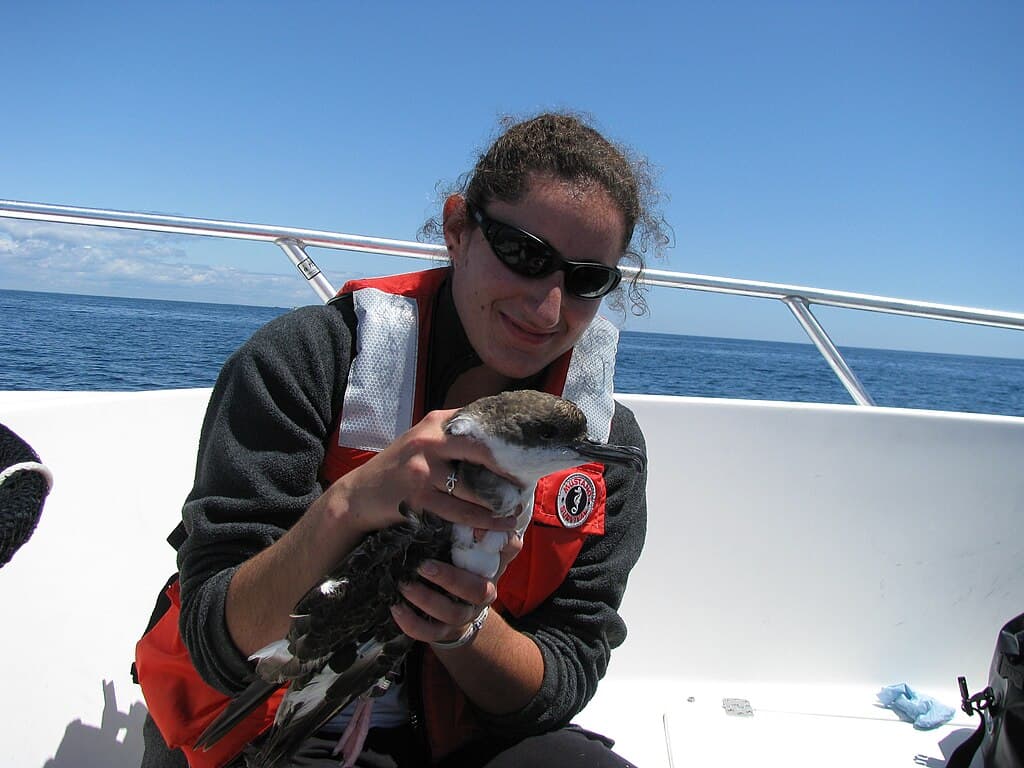
Current research focuses on understanding the molecular mechanisms underlying unihemispheric sleep, including the genetic factors that enable this adaptation. Scientists are investigating how sleep hormones and neurotransmitters function differently in these animals, potentially leading to new insights about sleep disorders and treatments in humans.
Advanced tracking technologies are allowing researchers to study sleep patterns in wild populations, providing unprecedented insights into how these animals adapt their sleep behavior to changing environmental conditions. Future studies may reveal additional species with unihemispheric sleep capabilities and help us better understand the evolutionary origins of this remarkable adaptation.
Medical Applications and Insights
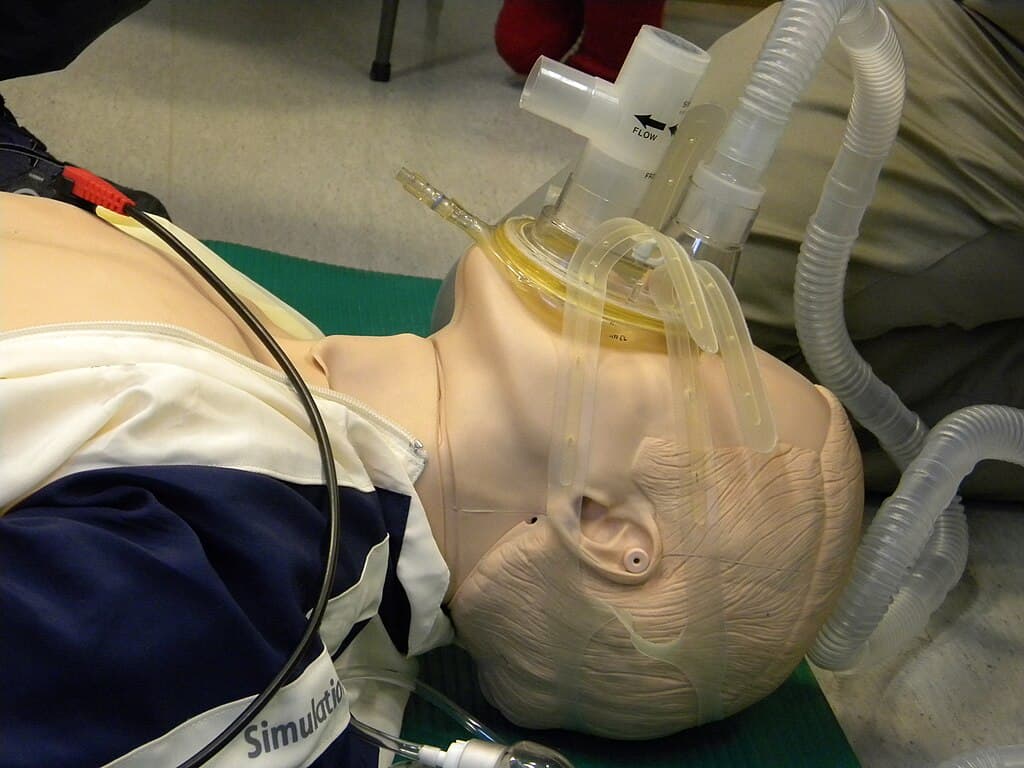
Research into unihemispheric sleep has potential applications for human medicine, particularly in treating sleep disorders and understanding consciousness. Scientists are exploring whether understanding split-brain sleep could lead to new treatments for conditions like sleep apnea, where breathing disruptions during sleep pose serious health risks.
The study of consciousness in animals with unihemispheric sleep also provides insights into the nature of awareness and the minimum requirements for conscious experience. These findings contribute to our understanding of anesthesia, coma recovery, and various neurological conditions. The remarkable sleep adaptations of these animals continue to inspire new approaches to medical challenges.
Conclusion
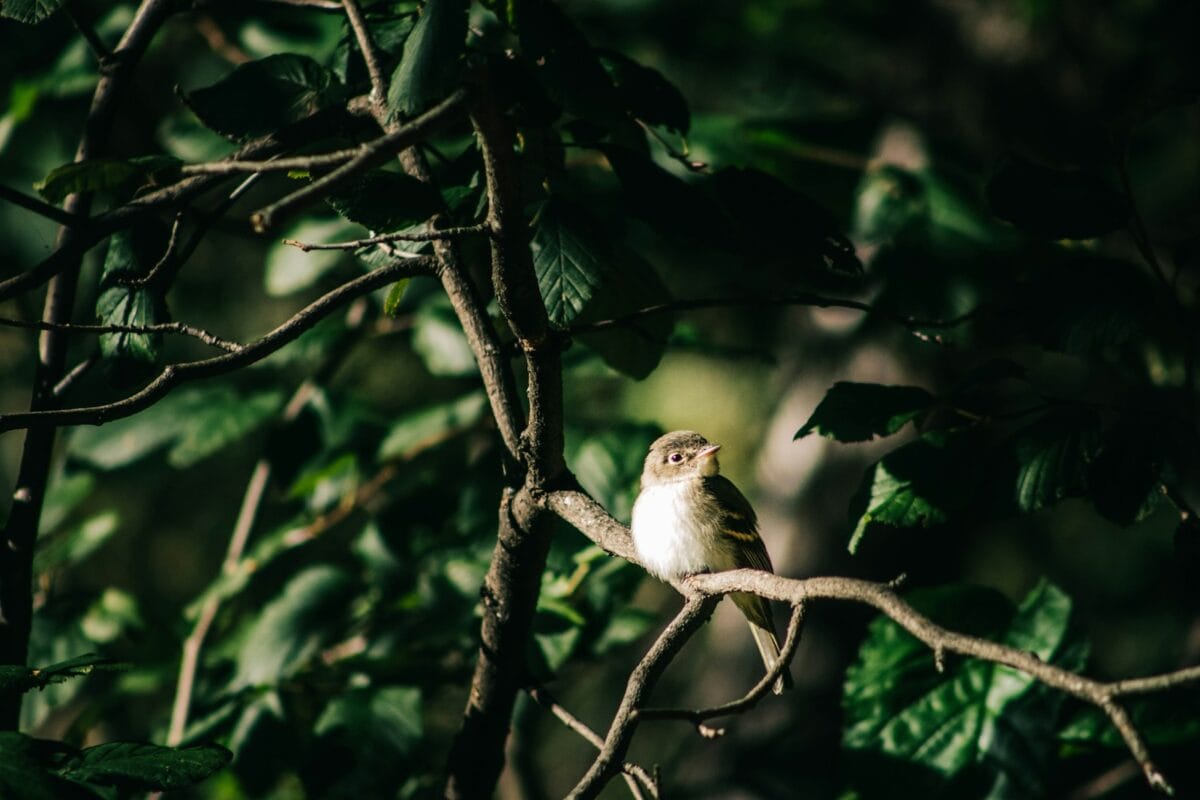
The ability to sleep with one eye open represents one of nature’s most extraordinary adaptations, showcasing the incredible flexibility and ingenuity of evolution. From dolphins navigating the vast oceans to birds soaring across continents, these animals have mastered the art of rest without vulnerability. Their unique sleep patterns not only ensure their survival but also provide fascinating insights into consciousness, brain function, and the diverse ways life adapts to environmental challenges.
As we continue to study these remarkable creatures, we gain deeper appreciation for the complexity of sleep and the ingenious solutions that evolution has crafted. The next time you close both eyes for a peaceful night’s rest, remember that somewhere in the ocean, a dolphin is sleeping with one eye open, maintaining its eternal vigilance while dreams dance through half its brain. Isn’t it amazing how nature finds a way to thrive in even the most challenging circumstances?
- This Bat Colony Is the Largest Mammal Gathering in North America - August 7, 2025
- These Giant Jellyfish Keep Washing Up on U.S. Beaches - August 7, 2025
- This Animal Sleeps with One Eye Open — Literally - August 7, 2025

